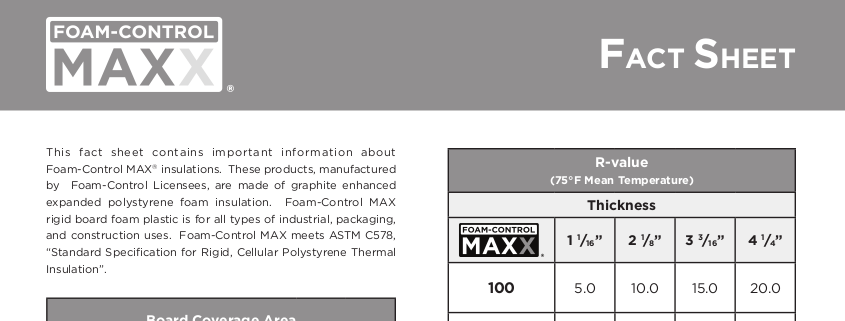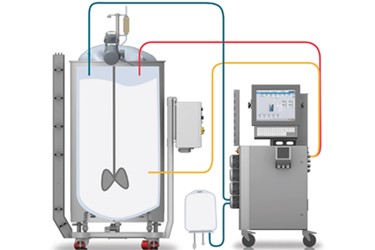A Comprehensive Overview to Carrying Out Foam Control Solutions in Your Procedures
Efficient foam control is a critical aspect of functional efficiency that commonly goes neglected. Comprehending the ins and outs of foam generation can significantly affect both performance and product top quality. This overview outlines the numerous challenges positioned by foam and the varied options readily available, giving a structure for choose and implementing the most ideal approaches. By examining key elements such as application compatibility and workers training, organizations can optimize their foam management initiatives. As we explore these components, the potential for transformative improvements in your operations becomes evident. What steps will you take following?
Comprehending Foam Challenges
Foam obstacles are a considerable issue throughout numerous industries, influencing operational efficiency and item quality. The development of excessive foam can prevent processes such as blending, transport, and storage space, causing enhanced downtime and waste. In markets like food and beverage, drugs, and petrochemicals, foam can disrupt manufacturing lines, causing product incongruities and contamination risks.
In addition, foam can block tools functionality, resulting in costly repairs and upkeep. For circumstances, in wastewater therapy, foam can interrupt clarifier operations, resulting in reduced treatment efficiency and regulative compliance concerns.
Recognizing the underlying reasons for foam generation is critical for efficient monitoring. Factors such as surfactants, temperature level variations, and agitation levels can all add to foam manufacturing. Identifying these aspects permits sectors to apply targeted techniques that lessen foam development while preserving product stability.
Kinds of Foam Control Solutions

Mechanical services include the usage of tools such as foam skimmers or defoamers. Chemical remedies, on the various other hand, consist of the application of defoaming representatives-- materials that disrupt the foam structure, leading to its collapse. Foam Control.
Lastly, operational methods focus on procedure adjustments. This may involve modifying tools specifications, such as temperature level and stress, or altering the circulation rates of liquids to reduce foam generation. Additionally, applying great housekeeping methods can also reduce foam formation by reducing contaminants that add to foam security.
Picking the proper foam control service involves analyzing the details demands of the operation, including the kind of procedure, the qualities of the materials involved, and security considerations.
Picking the Right Products
Picking the ideal foam control items needs a detailed understanding of the certain application and its special obstacles. Aspects such as the sort of foam, the setting in which it takes place, and the preferred end result all play crucial roles in item choice. Foam Control. As an example, in sectors like food handling, it is imperative to pick food-grade defoamers that comply with safety and security regulations while properly handling foam.
Furthermore, consider the viscosity of the fluid where the foam problem exists. Some products are created for low-viscosity applications, while others are customized for thicker fluids. Compatibility with existing procedures is another important element; the selected foam control agents need to integrate flawlessly without interfering with overall operations.
One more important aspect is the approach of application. Some products may call for dilution, while others can be applied straight. Assessing the ease of use and the needed dose can give insights into the product's effectiveness and cost-effectiveness.
Application Approaches
Successful implementation techniques for foam control services need a methodical method that lines up product selection with operational demands. imp source The initial step entails a thorough analysis of the procedures where foam takes place, determining particular areas that demand treatment. By engaging cross-functional groups, consisting of production, top quality, and design guarantee, organizations can collect insights that inform the selection of one of the most effective foam control products.
Following, it is crucial to develop clear purposes for foam reduction, ensuring that these objectives are measurable and achievable. This might include specifying acceptable foam levels and the timelines for execution. Training employees on the homes and application techniques of picked foam control agents is equally crucial, as proper use is important for optimum results.
In addition, integrating foam control solutions right into existing operations needs mindful planning. Organizations needs to establish a phased execution plan, enabling adjustments based on first outcomes. Routine communication and responses loopholes with staff associated with the procedure will facilitate timely analytic and foster a society of continuous additional info enhancement. Inevitably, a well-structured technique will certainly enhance functional effectiveness while effectively handling foam-related difficulties.
Tracking and Reviewing Effectiveness
Monitoring and evaluating the efficiency of foam control remedies is important for making certain that implemented techniques produce the preferred outcomes. This procedure includes methodical information collection and evaluation to examine the efficiency of foam control representatives and strategies. Trick efficiency indications (KPIs) need to be developed before execution, enabling a clear baseline against which to measure progression.

Evaluating effectiveness also requires periodic reviews of foam control procedures and agent effectiveness. This can be achieved through sampling and screening, enabling operators to identify if current solutions are meeting operational needs. Furthermore, it is crucial to solicit comments from group participants who connect with these systems daily, as their understandings can reveal operational subtleties that measurable data may ignore.

Eventually, an organized monitoring and evaluation framework helps recognize needed changes, making certain that foam control remedies continue to be reliable, affordable, and aligned with organizational objectives.
Verdict
In conclusion, reliable foam control services are crucial for enhancing functional efficiency and preserving item high quality. An extensive understanding of foam challenges, integrated with the selection of suitable products and execution strategies, assists in the effective management of foam generation.
Implementing great housekeeping techniques can likewise alleviate foam development by decreasing pollutants that add to foam stability.
Picking the right foam control items requires a thorough understanding of the particular application and its distinct difficulties (Foam Control).Effective execution techniques for foam control remedies require a methodical technique that straightens item option with operational needs.In verdict, efficient foam control options are crucial for optimizing operational efficiency and keeping item top quality. A thorough understanding of foam challenges, incorporated with the option of appropriate items and execution strategies, promotes the effective monitoring of foam generation
Comments on “Professional Tips on Implementing Foam Control in Chemical Processing Environments”